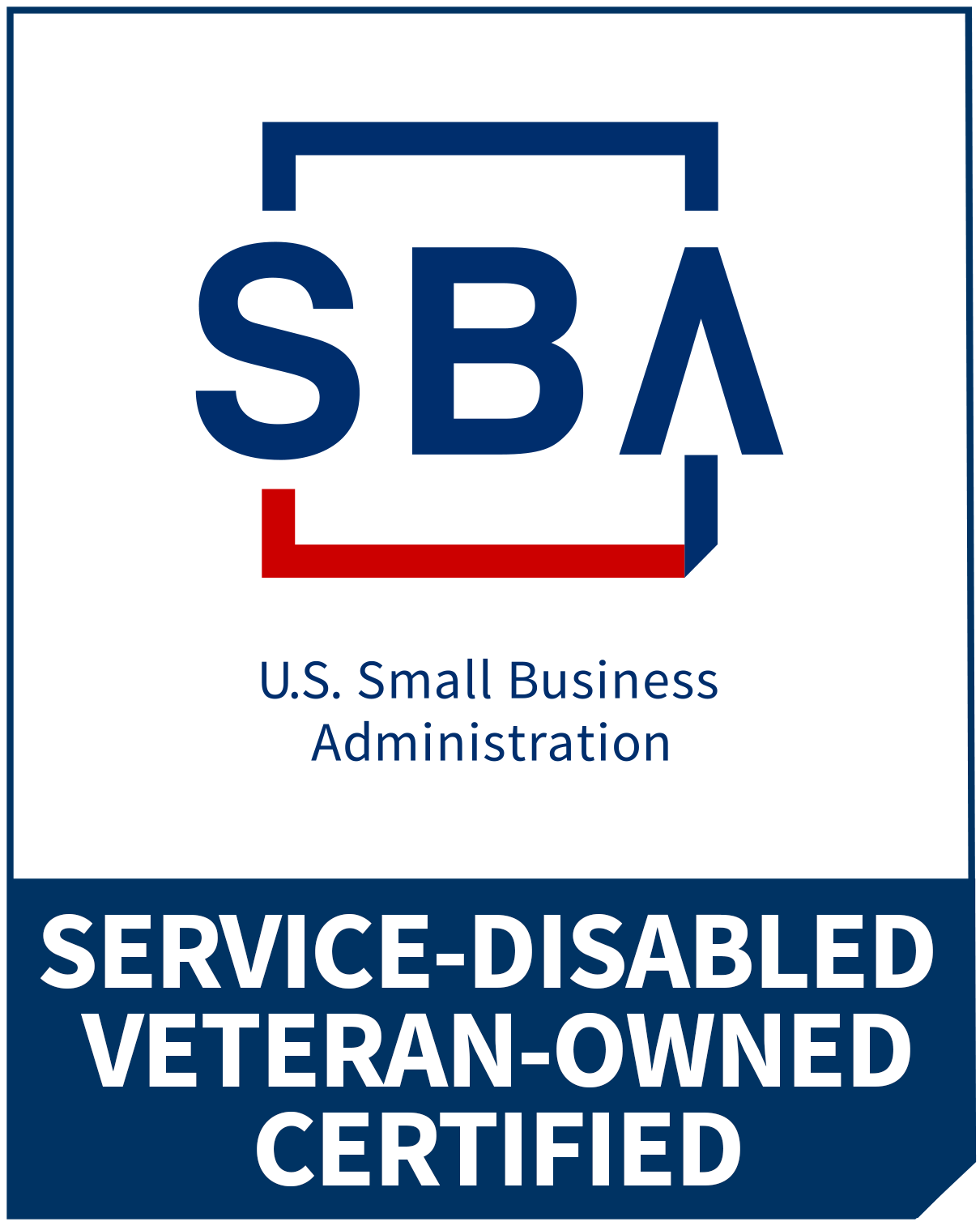I was in the post office the other day and experienced a perfect example of how we often miss the mark when it comes to communicating with our Customers. The guy in front of me was shipping some big box, and as the clerk was measuring its linear inches, she asked, “would you like to send this Ground or Priority?” Even standing behind the Customer, I could practically see the gears cranking in his head, just as they were for any of us within ear-shot. What the heck is the difference? I don’t care if you send it on the ground, or if you put it on a plane, because…well, it’s a priority for me that it gets there. I didn’t hear what he had to say (it was most likely a question of his own), as it was understandably delivered in a hushed tone.
The thing is, Ground and Priority mean something very specific to the clerk who works behind the counter at the post office. That’s because those are the brand names the USPS has given to its services. But the names themselves don’t readily translate in any informative way for their Customers to differentiate between them. While the clerk, with all her experience surely would have known, based on the Customer’s desires (read: job to get done), which would be the most logically preferable method of shipment—and the post office’s name for such a service—in the moment, standing at the counter with a line of people behind him all waiting their turn, this guy was having a minor panic.
I was reminded (as the reader will note, I almost constantly am) of a scene from Seinfeld, this one where Elaine is at the refreshment stand at a movie theater looking for a soda and some popcorn. She’s perplexed as the attendant explains that, in sizing the snacks, “medium’s ‘Large’ and large is ‘Jumbo.’” Oh, and there is no “Small” in case you were wondering. Somewhat closer to real-life, it wasn’t long ago that literally the shortest serving of coffee you could purchase from Starbucks was called a “Tall.” Now, they’ve since introduced an offering called (you guessed it) “Short,” but “Grande” is still right there smack in the middle of the sizes, with two more offerings that are, well, più grande. (Or should I say, “maggiore”?)
Italian vocabulary lessons and ’90s sitcoms aside, it feels at times that we live in completely different worlds from our Customers in large part because we’re not trying hard enough to communicate with them and speak their language. “Ground” and “Priority” mean something specific enough to the US Postal Service that they’ve given them their own names. We can certainly glean from its title that they’re not going to put your “Ground” package on a plane…presumably, they aren’t dragging it behind a mail truck either. But how long does it take a “Ground” package to get to its destination? I can drive pretty far in one day, so perhaps it could get somewhere overnight. “Priority” may refer to speed or protection or the value of the package’s contents. But then again, who’d go to the trouble of packing something up, addressing a box, waiting in line at the post office, and paying for shipment if it wasn’t of some sort of priority?
The best way to address these sorts of confusion is for the USPS to revamp its offerings’ nomenclature. Given that they’re a quasi-governmental organization, the prospects of that and the level of effort invite a better solution. So here’s one that’s more local: The clerk should be asking the patron what it is he wants to achieve. Does he want it sent cheaply? Quickly? Insured and protected against damage? When I got up to the counter, I didn’t even wait for the clerk’s question. I said, “I need this to get to its destination as cheaply as possible.” (There’s something called “Media Mail.” There, I just saved you some time at the counter next time.) If I had been most concerned about speed, there’d likely have been a better service for me. If I wanted to track the package, maybe there’s a cost to that. Perhaps there’s even a combination of options…maybe a charge for that tracking, a charge for insurance, a charge for requiring a signature…that the shipper can piece together in an à la carte fashion. Undoubtedly there are internal terms for each of those add-on features. I have no doubt the clerk is well-versed in them all, and ultimately capable of recommending to me what type of (USPS-named) service would best suit my desires. There should be no doubt in the clerk’s mind that I, on the other hand, am not versed at all.
When we’re talking with our Customers about our offerings, be they products or services, we often frame them in terms of what we provide. This widget or that deliverable service. In fact, sometimes we frame our entire conversations on looking for a way that a Customer or potential Customer may need what we sell. A much more Customer-centric way of approaching the scenario is looking for the needs they have, asking about the jobs they have to be done, and then framing how we can help in terms our Customers will understand (mostly because they’re the terms the Customers use themselves to describe what they’re trying to do), and then considering what (if anything) in our portfolio can help them accomplish the task at hand.
Starting from a perspective of what we do and offer is starting on the wrong foot…Start instead with what your Customers are trying to do. And have a conversation in their language.




